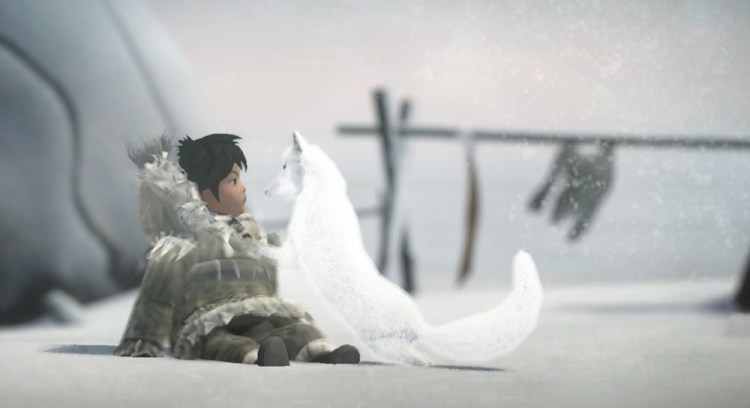
GamesBeat: It seems like the commercial scorecard is one that a lot of people pay more attention to. If you can accomplish that as well, you get more credit.
O’Neill: That’s what we’re finding out. We are having commercial success, and at the same time, we’re making an impact. That’s very important for our company, for the values of our company.
Marrs: Money is the key to the services we provide as a non-profit.
Angst: We wanted to try to compete in the entertainment segment. We wanted to compete head-on in the mainstream game space. That they would do a project on the new generation of consoles, as opposed to trying to do something less expensive and long-tail-ish on a mobile platform, was really exciting. We were able to put together a team full of talented industry professionals because they wanted to compete with really strong production values and give our team an opportunity to display a level of craft that you don’t typically get to see in games that try to take on some meaningful theme.
GamesBeat: It’s interesting to me that the game’s actual target market is probably the tiniest part of Alaska. Yet the people who are playing the game are possibly the broadest possible market.
O’Neill: That was intended from the beginning. We wanted to make a game that a global audience would engage with. That was one of our first priorities.
Marrs: There’s not enough population in just Alaska to support us.
O’Neill: We planned to sell well over a million units, and there are only 700,000 people in Alaska.
GamesBeat: Do you know what you might take on next, what other cultures you might explore?
Angst: We’re hoping to get some parallelism in this part of our business. We’re in active discussions with other indigenous cultures to see what could bring some breadth to the portfolio. The team is also working on some creative concepts to delve a little deeper in Alaskan native culture, which we expect we will do. We’re just trying to figure out, from a timing perspective, whether to do two teams working in parallel or to try to sequence them.
O’Neill: You have a big clue as to what the next culture might be, just by looking at my tan here. Seriously. We spent last week in Hawaii.
Angst: The creative folks made dozens of trips to Alaska, several trips to Barrow. They got to bundle up in -30 weather several times. We’re looking for something with a slightly more tropical feel now.
O’Neill: On the CITC side, we’ve been working with the native Hawaiian people for many years. We’ve had joint projects. Our histories actually align with one another. Because of the deep relationships that we already hold and the trust that’s there, that’s what’s allowed us to go in and have these conversations.
Again, what was so magical about what we did is that we did it together. We want to replicate that process, but also localize it for the community and the culture. Partnerships will be key in ensuring that we make another game with the same level of diligence and thought and magic as went into this game.
Angst: The production period was significantly longer than you would typically take for this size of game in this genre. We built a lot of opportunity into the schedule for iteration. We did more iteration, a lot more stuff than we would normally do in a game, because we really wanted to work collaboratively and give folks an opportunity to make creative decisions.
VentureBeat's mission is to be a digital town square for technical decision-makers to gain knowledge about transformative enterprise technology and transact. Learn More


